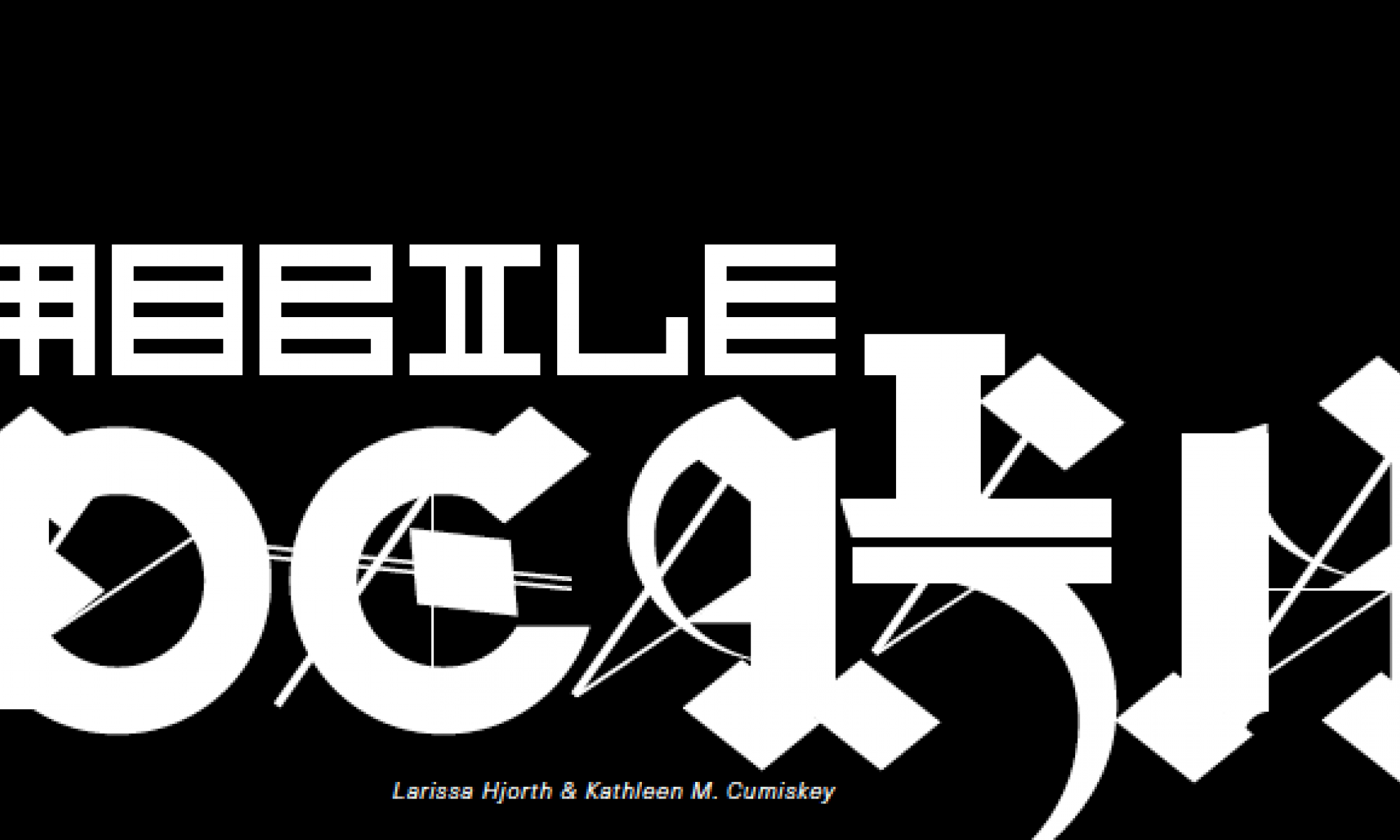Mobile Death
The plague. An affective, contagious concept. Historically, it evokes the ‘Black Death’—the bubonic plague from around 1347 which killed more than 60 per cent of Europe’s population. More recently, the plague has become internalised, invisible yet readily shared: in sum, the life, death and afterlife of data and of ‘the viral’. As data becomes more pervasive, difficult to control and vacillates between ephemeral and eternal, how are data trails creating ramifications for future generations? This is something we are only now starting to consider. As media scholar Grant Bollmer has noted, there is a vast unknown concerning the implication of digital data when the owner or subject dies. In ‘Fragile Storage, Digital Futures’, Bollmer considers the paradoxes of ‘the specific material conditions required to preserve and maintain digital storage, which is too often imagined as both ephemeral and everlasting’.(1) The visual diarisation and aestheticisation of everyday life in photo apps such as Instagram and the anti-archive, spontaneous visuality of Snapchat epitomise tensions between the ephemeral and the enduring across multiple levels and highlight fundamental paradoxes around the life and death of mobile media images.
(1) Grant Bollmer, ‘Fragile Storage, Digital Futures’, Journal of Contemporary Archaeology, vol. 2, no. 1, 2015, p. 66, doi: 10.1558/jca.v2i1.27078.



-itok=h6ReFb18.jpg)